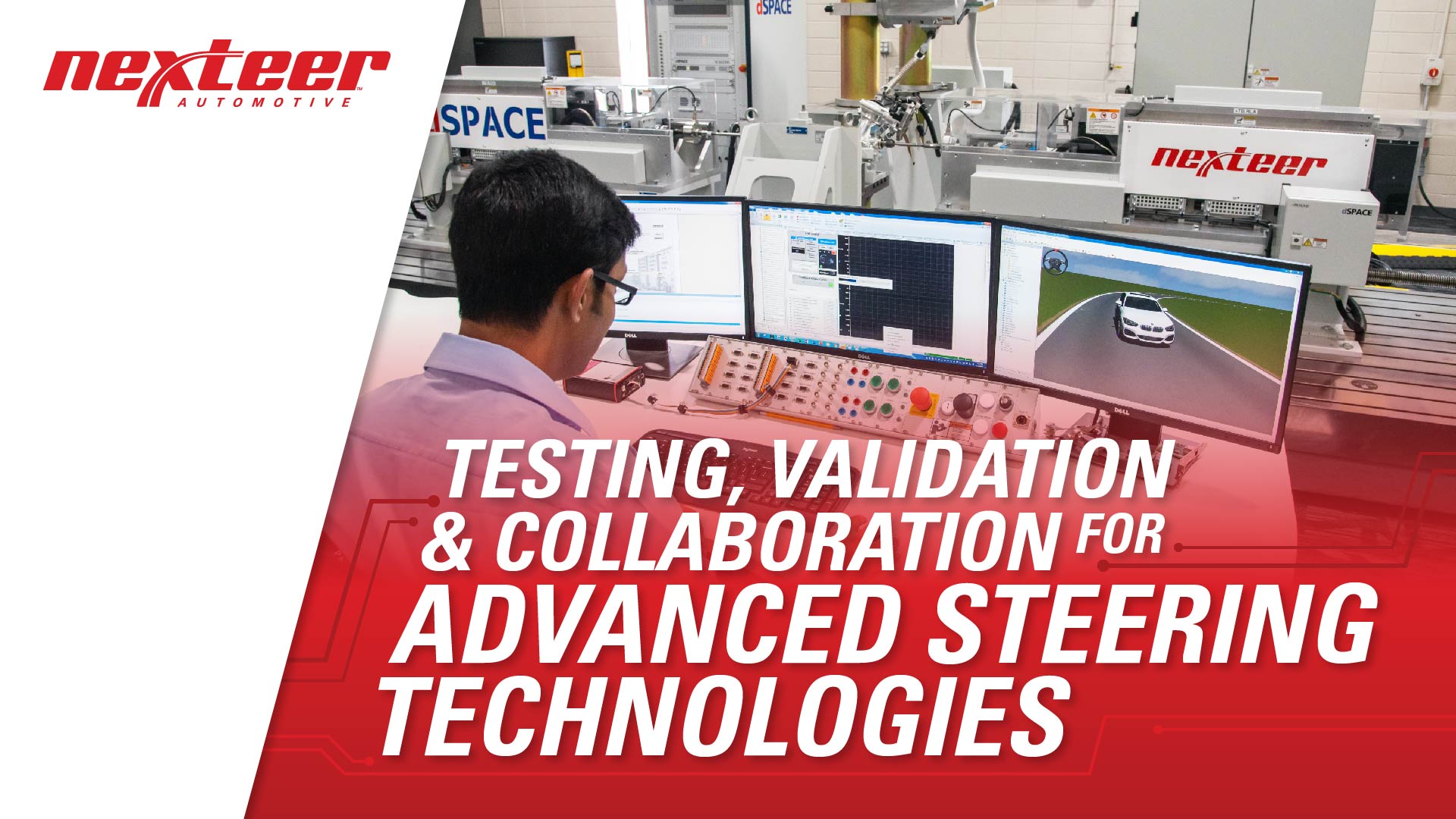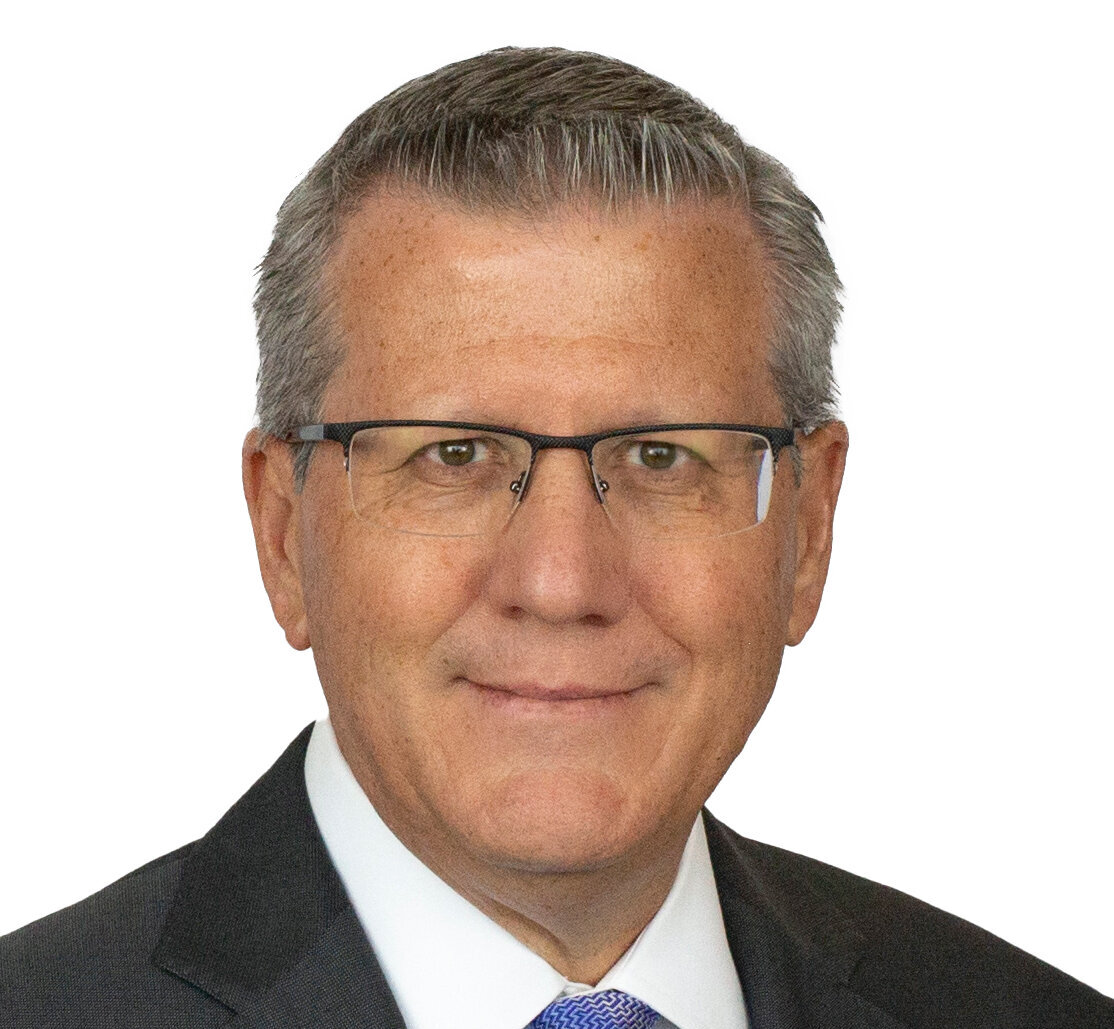Testing, Validation & Collaboration for Advanced Steering Technologies
November 14, 2022

The seismic shift from hardware-defined to software-defined vehicles is spurring innovation across the mobility landscape – from new driver assist features for added safety, convenience and performance to new business models and points of sale beyond the dealership lot. This ripple effect of innovation even reinvents the way software-enabled, driver assist features and technologies are tested, validated and integrated into overall vehicle systems.
OEMs and Tier 1 suppliers have a strong history of collaboration. Tier 1 suppliers like Nexteer have traditionally acted as a sort of research and development extension for OEMs for vehicle sub-systems. To bring new safety, performance and convenience features to market, Tier 1s will continue to play a role in contributing to and co-innovating advanced technologies with OEMs. This shift is requiring the two to work together on a deeper level to test, validate and standardize solutions that can be used across a variety of vehicles and applications.
Testing & Validating through Lab Simulations & Test Tracks
At Nexteer, we act as a technology partner to our OEM customers, which is critical because our steering software and hardware solutions need to be integrated into the vehicle’s architecture at an early stage. While our work is deeply embedded with that of our OEM customers, we complete our own testing and validation for all of our products to ensure our technologies deliver the advanced safety and performance that our customers and drivers expect.

For example, to account for a nearly infinite number of scenarios that ADAS features could encounter on the road, we rely increasingly on simulation and modeling technologies such as hardware-in-the-loop (HiL) stands. Through this testing, we can simulate vehicle and environmental inputs – allowing software and electronic control units to react to real-world driving conditions in a lab environment.
Our testing and validation continue outside of the R&D lab at our test tracks in Saginaw, Michigan; Suzhou, China; Tychy, Poland and India Software Center in Bengaluru, India. They offer safe, controlled environments for data acquisition, as well as testing on a variety of road conditions and surfaces. Once the data is gathered at our vehicle performance centers, we recreate these conditions in laboratory test stations – saving time and money without compromising accuracy.
Through virtual engineering, we can improve the efficiency and effectiveness in all phases of product design, development, validation and manufacturing. Virtual engineering benefits include:
- Cost savings – Reduces product life cycle cost & reduces prototype sample cost
- Faster design & development process – Quickly evaluates design solutions; reduces or eliminates validation testing
- Optimized manufacturing processes – Build it right the first time
Gathering Driver Feedback to Refine Technologies
Another way we work to validate our technologies is through focus groups. Findings from this research are useful to Nexteer engineers as they develop technologies, as well as to OEMs as they determine the best way to integrate new offerings. Drivers in focus groups help determine whether solutions are intuitive or not, as well as determine if a driver assist feature either adds or detracts from the overall experience.
Especially as vehicles become more software-defined, strategic Tier 1 – OEM partnerships and advanced technology collaboration will continue to play a critical role in enhancing safety, performance and convenience for end consumers. Alongside the advancements in testing and validation, we can bring the best-vetted technologies to market in the most cost- and time-efficient way possible. Together, we’re helping create advanced safety and performance features for the future of mobility.





